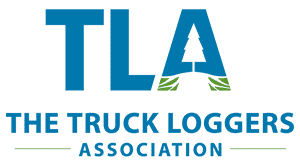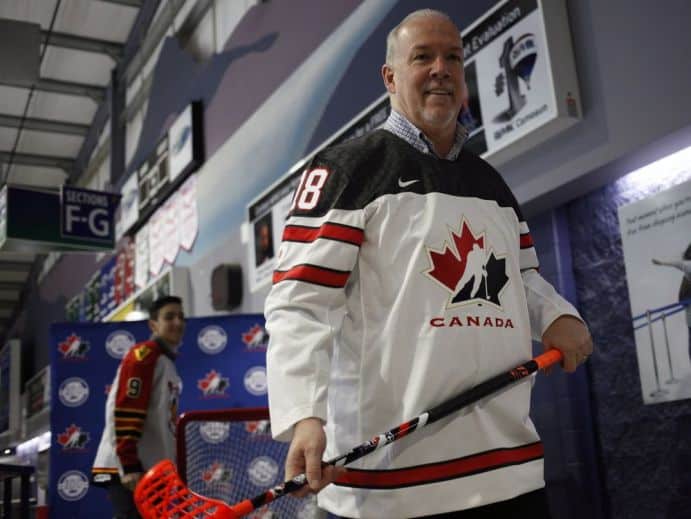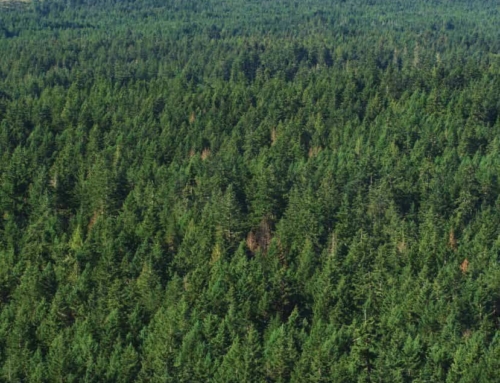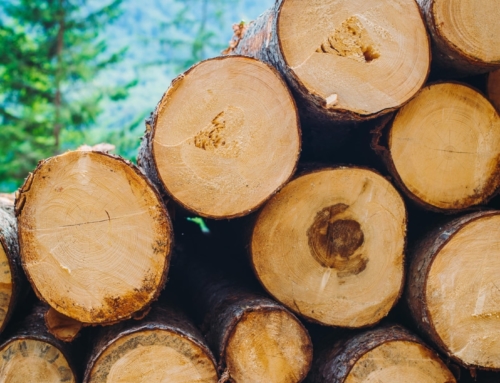Revitalization commitments include a more “credible” system for the sale of crown timber, improved auditing of private forest land, and promoting “stronger business-to-business relationships between major licensees and First Nations.” None of this is happening in a hurry.
VICTORIA — Premier John Horgan announced measures Thursday to begin revitalizing the coastal forest industry by reducing log exports and increasing domestic production.
A tall order to be sure and Horgan acknowledged as much in his first major speech of the year, to the annual convention of the truck loggers association.
The premier drew applause by pledging to reform the existing “fair market rate test” for payments to logging contractors. The test is regarded as anything but fair — indeed close to ruinous — by the truck loggers themselves. The promised replacement will make greater allowance for the economics and operating costs.
But with the good news out of the way, the premier was met with less enthusiasm when outlining steps the New Democrats will be taking to implement their longstanding opposition to log exports.
Lately, exports amount to about six per cent of the volume of wood harvested off provincial crown land, or 3.6 million cubic metres in all, according to Forests Minister Doug Donaldson.
Exports are critical for the economic viability of the industry in some parts of the province, underwriting employment and operating costs alike.
“I’m fully aware that log exports have always been part of the business model for forest companies to be able to maintain their viability and also to maintain the affordability of harvesting the entire timber profile,” Donaldson conceded in the legislature last year.
“But the goal of this government is to ensure that more manufacturing happens in B.C. and that those logs are primarily used in B.C. mills.”
At the same time, he said, the NDP “goal is to not negatively impact jobs that are already existing in the industry.”
A similarly cautious tone was struck by Don Wright, now the premier’s deputy minister and head of the public service, in a report he co-authored when the B.C. Liberals were in power: “A mistaken diagnosis of log exports as the cause of the industry’s problems would lead to prescriptions that are unhelpful if not outright damaging.”
Mindful of the need to proceed carefully, Horgan set no targets Thursday for reducing the current volume of logs exported from crown land.
As a first step, the New Democrats have extended to summer several cabinet orders allowing significant volumes of log exports from coastal areas where there are little or no manufacturing facilities. The extensions were sought by some coastal First Nations, which have been harvesting logs for export.
Once the orders expire at the end of July, the New Democrats intend to have implemented fee and regulatory changes to begin the process of reducing log exports.
The plan includes other measures to increase the fibre supply as well. One of the most promising would reduce the amount of waste fibre left behind in the woods and redirect it to feed pulp mills.
The forests ministry estimates that on the coast, the volume of wasted fibre has more than doubled since the B.C. Liberal government slackened regulations in 2003.
At that time, the waste amounted to less than a million cubic metres a year. Today about two million cubic metres are left behind “and in some cutblocks, wasted fibre volumes are greater than the timber volume harvested.”
Other revitalization commitments include a more “credible” system for the sale of crown timber, improved auditing of private forest land, and promoting “stronger business-to-business relationships between major licencees and First Nations.”
None of this is happening in a hurry. The changes announced Thursday will be phased in over the next two years, with Horgan putting his office on standby to deal with “unintended consequences.”
He had less to say about how the New Democrats intend to encourage investment in the new production facilities for all the freed up logs and wood fibre.
This time last year, Horgan suggested the New Democrats might bring back “appurtenancy,” a legislative requirement that tied specific timber harvesting rights to specific mills in communities within reasonable distance of the trees.
But that possibility was soon disavowed as outdated and unworkable by his own forests minister and there was no repeat mention of the “a” word in the premier’s Thursday presentation.
He did express frustration about major investments being made in mills and production facilities south of the border, including by Canadian companies.
But as Horgan acknowledged in his speech “you can’t force people to invest in unprofitable industries.” And the available wood supply is only one factor in shaping investment in B.C. vis a vis the United States.
Another factor is the never-ending threat of softwood lumber tariffs in the U.S. Not surprisingly, some Canadian firms have decided to invest in production on the other side of the tariff wall.
Speaking of softwood, the Horgan government has to tread softly with its mix of incentives for production and disincentives for exports, lest it trigger yet another of the perennial trade actions in the U.S.
For instance, the previous government’s decision to get rid of appurtenancy and relax controls on log exports was partly undertaken to settle an earlier round in the trade dispute.
Talking to reporters afterward, Horgan said he was sure of public support for a program that would keep the logs at home and use them to produce value added forest products in B.C. mills.
But if that were all there is to it, he would not need to proceed as cautiously as he is doing.










Get Social